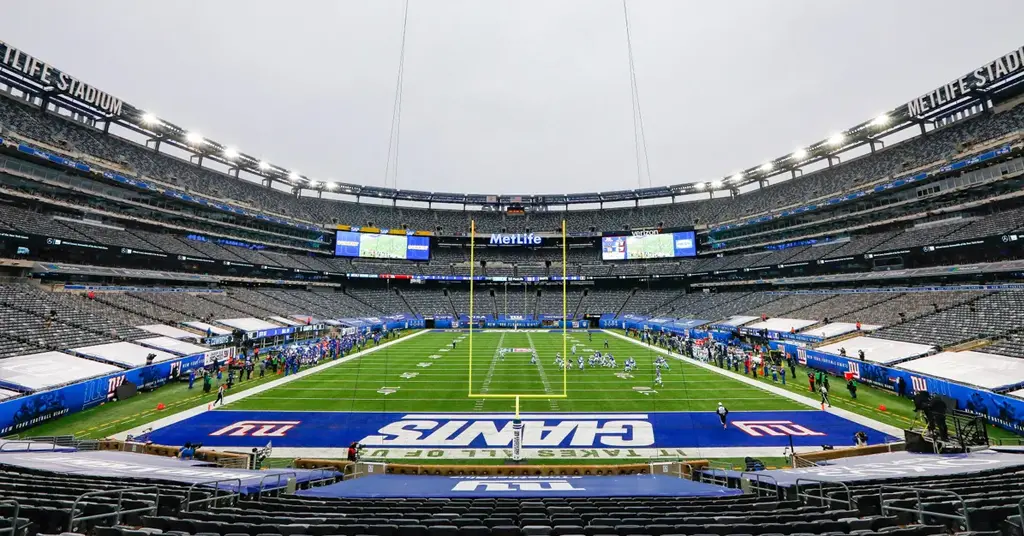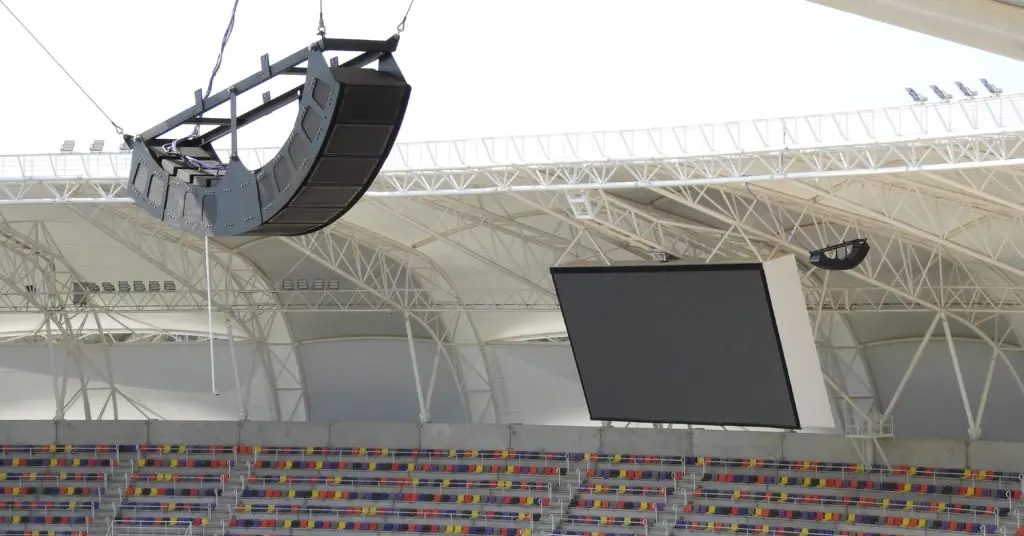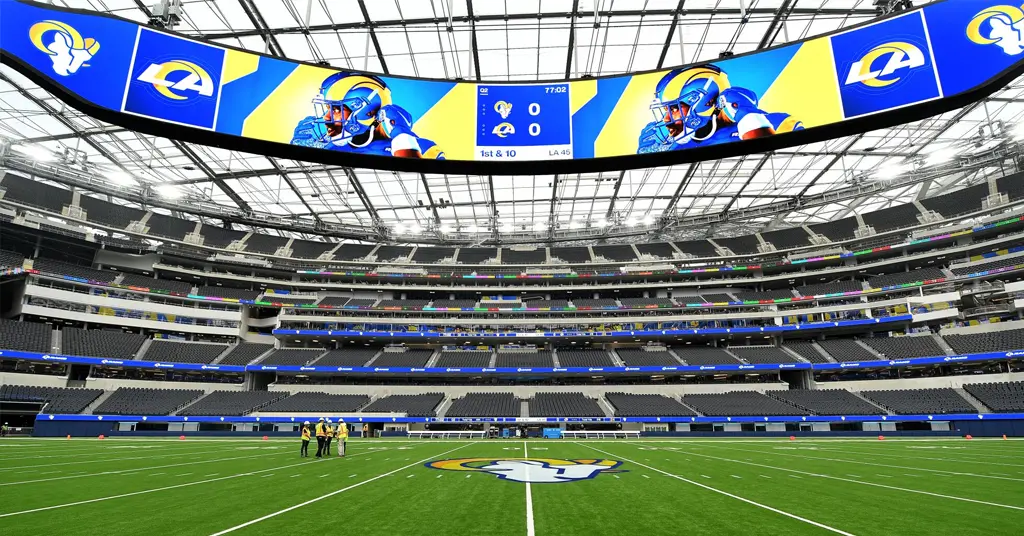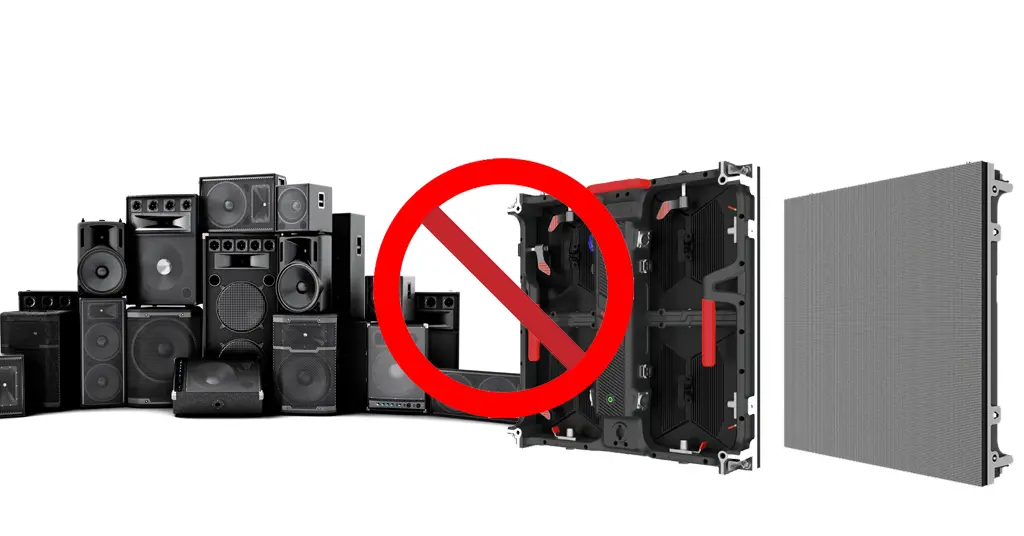What are the most common stadium AV issues?
Modern stadiums are usually equipped with comprehensive audio-visual integration systems, which not only improve the viewing experience for the audience, but also increase more commercial income for the event operators.
But as time goes by, these advanced audio-visual integrated systems and audio-visual hardware will gradually become unusable due to compatibility issues or electronic component failures. This is unacceptable to spectators and event operators. It is hard to imagine what kind of disaster it would be if the LED screen at the scene of an important sports event could not play the game normally or the speaker system at the Super Bowl site failed.
In this article, we’ll explore the most common stadium AV problems and how to fix them. Galaxyav is a professional stadium audio visual solution provider with more than 20 years of successful experience in the field that you can trust.
Table of Contents

Audio System Failure
The hazards of audio system malfunctions
Poor sound quality in stadiums can lead to problems such as spectators having difficulty understanding what is happening on the field or hearing the commentators. This is a very poor viewing experience for the audience and directly affects their enjoyment of the event..
Poor stadium sound quality can also interfere with athletes and referees on the field, making it impossible for them to play normally. Athletes may fail to hear the referee’s instructions and commit fouls. The noisy sound quality will affect the mood of the athletes and make them unable to perform at a normal level in the competition.

Causes of audio system failure in Stadium
Poor stadium sound quality is usually caused by poor speaker placement or insufficient sound coverage due to an insufficient number of speakers. These issues can cause sound to be suppressed or duplicated in certain areas of the stadium. Another serious problem is the poor acoustic design system of the stadium, which can lead to sound distortion, or noise and rattle.
How to solve the audio system malfunction in Stadium
In order to solve the above problems, the stadium can purchase high-quality audio equipment, and properly install and calibrate these audio equipment. When deploying audio equipment, it is best to ask professional acoustic engineers to guide and optimize the sound for the complex and large space of the stadium. Specific measures include collocation of different types of speakers, deployment of sound-absorbing materials, lossless transmission of sound signals, etc.
LED Visual System Failure
The hazards of LED visual system malfunctions
Faulty stadium displays can do more harm than bad sound quality. In the absence of sound, the audience can still rely on the large LED screen to understand the game scene on the field, but if the stadium LED screen fails, the audience will not be able to understand what happened on the field at all.
Causes of LED visual system failure in Stadium
There are a number of reasons why the Stadium LED screen may malfunction and not function properly. For example: signal transmission failure, electromagnetic interference, dead pixels and blurred screen of LED screen, human operation failure, etc. In addition, the harsh natural environment outside will also cause the stadium LED screen not to work normally, such as heavy rain, hurricane, hail and other weather.

How to solve the visual system malfunction in Stadium
In order to solve the problem that the stadium LED screen cannot work normally, we recommend that event operators regularly maintain and test the LED screen to ensure that there is no possibility of technical failure. Prepare backup power supply and digital signal transmission system at the same time, so as not to have a backup plan in case of emergency power failure or interference with digital signal transmission.
Compatibility issues of various systems in Stadium audio visual solution
Harm of stadium audio visual compatibility issues
A complete stadium audio-visual system integration project will involve a large number of subsystems and related hardware devices. The entire stadium audio visual solution is likely to have defects due to system compatibility issues between these hardware devices and the paired software systems.
Causes Of Compatibility Failure of Stadium Audio and Video System
Taking the power supply system as an example, there are great differences in the rated voltage required by different audio-visual integrated subsystems. The implementation standards of weak current and strong current systems are completely different in terms of system protection and use safety. Therefore, in some specific cases, it is necessary to use a separate mode of strong and weak electricity to supply power to the audio-visual integrated system of the entire stadium.

How to solve the incompatibility problem of stadium audio-visual system
In order to solve the problem of system compatibility, the audio-visual solution provider of the stadium needs to formulate a unified implementation standard for all equipment and control systems during design. It is better to have more interfaces for related hardware devices, such as HDMI, Type C, TRS, XLR, RCA, AES, PDIF, EBU, USB, etc. at the same time.
Conclusion
Audio system failures, LED screen display system failures, and compatibility failures between subsystems of audio-visual system integration projects are the most common Stadium V problems. We have fully discussed the serious impact of these three problems above, as well as the causes and corresponding solutions of these three problems.
However, the AV system integration project of the stadium contains a lot of hardware devices and software systems, and there are still many problems that are not common and not easy to solve. When you encounter these problems but cannot find an effective solution, welcome to contact Galaxyav. Our senior technical engineers are capable of solving any stadium AV problems for you.
Others also read the following article
Want to know more about the Audio Visual Solutions?
